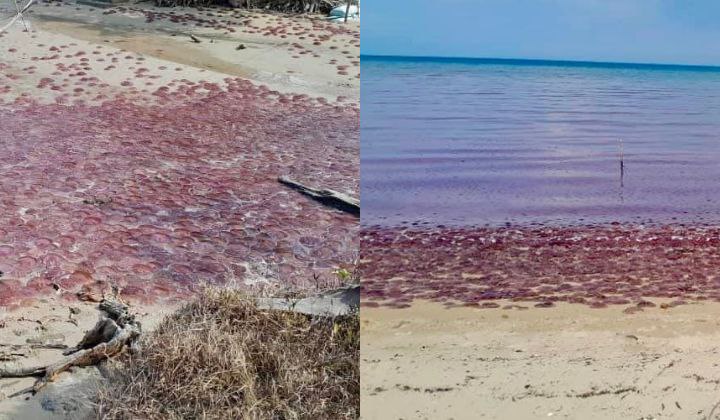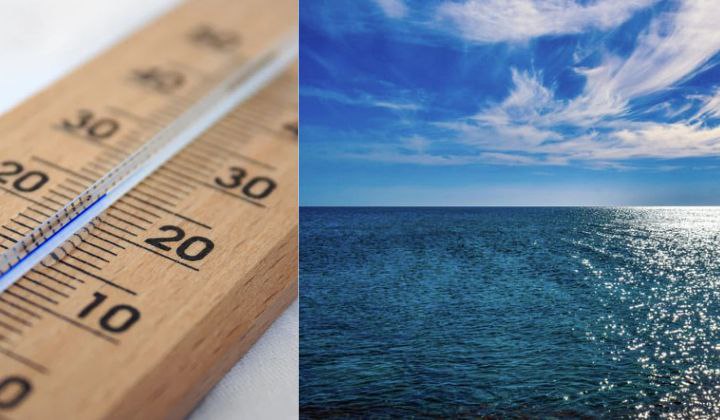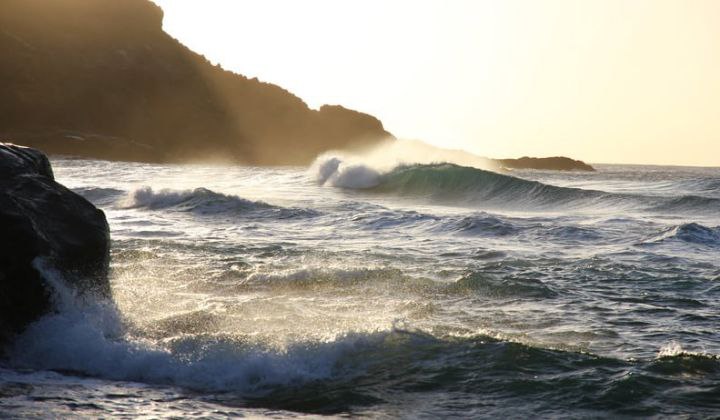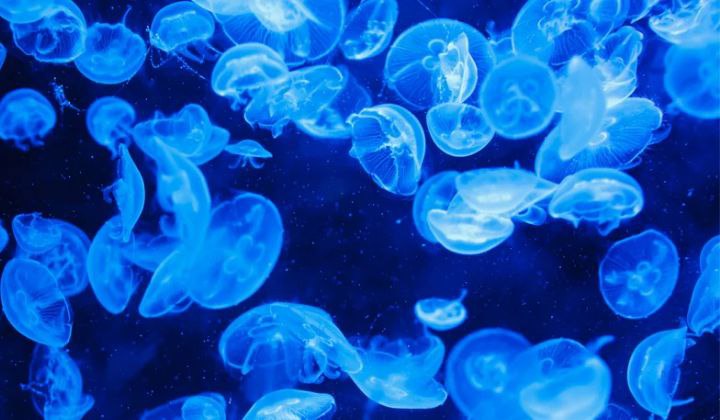Thousands Of Tomato Jellyfish Stranded On Beach In Sabah But Why?
The Director of the Sabah Fisheries Department, Azhar Kasim, has linked this phenomenon to the rise in sea temperature caused by the current hot and dry weather in Sabah.

Subscribe to our FREE Newsletter, or Telegram and WhatsApp channels for the latest stories and updates.
Thousands of red-coloured jellyfish, known as Tomato Jellyfish or scientifically Lobonemoides robustus, were found stranded on the beach of Kampung Jangkit, Kuala Penyu, approximately 130 kilometres from Kota Kinabalu, yesterday.
The Director of the Sabah Fisheries Department, Azhar Kasim, has linked this phenomenon to the rise in sea temperature caused by the current hot and dry weather in Sabah. While these jellyfish are not venomous or dangerous, Azhar warned that they can cause itching on the skin if touched.
In response to the incident, the Sabah Fisheries Department has dispatched officers from the Kuala Penyu Fisheries Office to the area. They are tasked with monitoring and investigating the unusually large and dense number of jellyfishes that have washed ashore today. The affected area spans about three kilometres along the coast of Kampung Jangkit.
Berita Harian states that local residents have reported that this is the first time such a large number of jellyfishes washing ashore has occurred in the area.
Why does this happen?
Sea Temperature

The rise in sea temperature, likely due to the current hot and dry weather in Sabah, plays a significant role. Jellyfish are highly sensitive to changes in temperature, and warmer waters can stimulate their reproduction and growth, leading to an increase in their population density.
Jellyfish are known for their rapid reproduction rates, particularly in favourable conditions. Increased sea temperatures can create an ideal environment for jellyfish to reproduce more frequently and in larger numbers, contributing to the observed phenomenon.
Azhar explained that their research indicates the high density of jellyfish population may be due to an increase in jellyfish breeding rates following the rise in sea temperature. This increase in population is also related to the availability of food sources such as zooplankton, small crustaceans, and fish larvae in the affected waters.
Tidal Changes

The incident is further exacerbated by sudden changes in tides, causing the jellyfish to become trapped and washed ashore.
Jellyfish are often washed up on shore due to the changes in tides. During high tide, jellyfish are carried closer to the shore by ocean currents. When the tide recedes, the water level decreases, leaving jellyfish stranded on the beach.
Strong winds and currents can also push jellyfish towards the shore, increasing the likelihood of them being washed up. This phenomenon is known as “strandings” and can occur in large numbers, especially during certain times of the year.
According to the Marine Conservation Society, changes in tides and weather conditions can significantly impact the movement of jellyfish populations, leading to mass strandings on beaches worldwide.
Should we be worried?

Despite the unpleasant smell caused by the stranded jellyfish, Azhar assured the public that they are marine organisms that easily die and disintegrate, typically within one to two days. However, he advised against swimming in waters with many jellyfish to avoid any potential skin irritation.
The Sabah Fisheries Department continues to monitor the situation closely and urges the public to remain calm and cautious.
Share your thoughts with us via TRP’s Facebook, Twitter, Instagram, or Threads.





